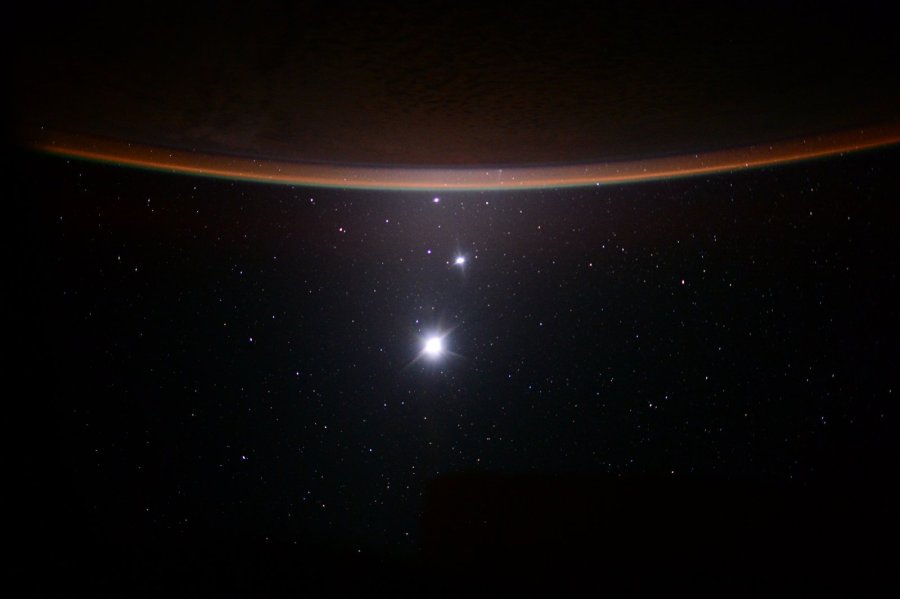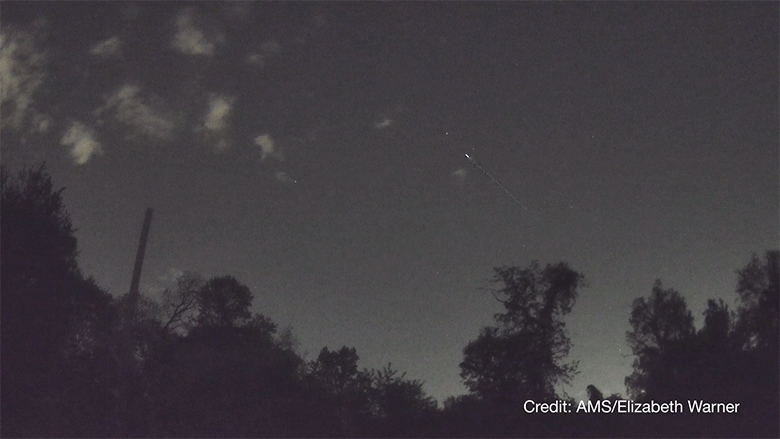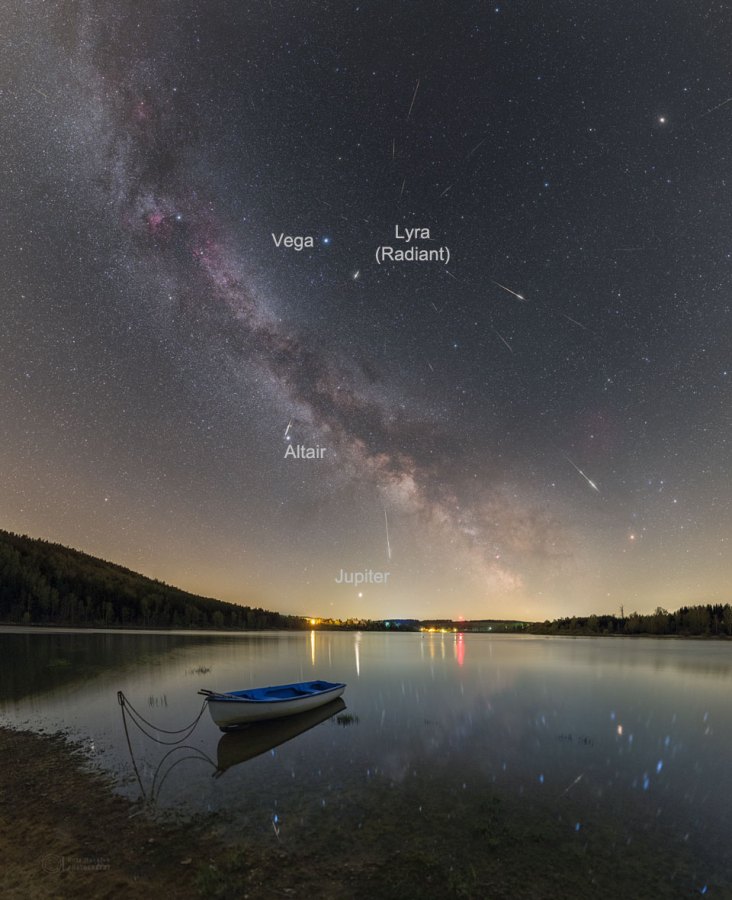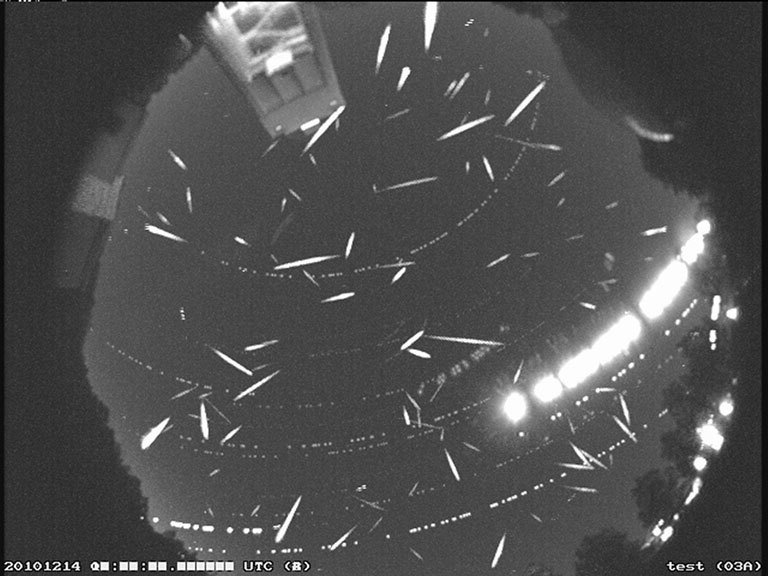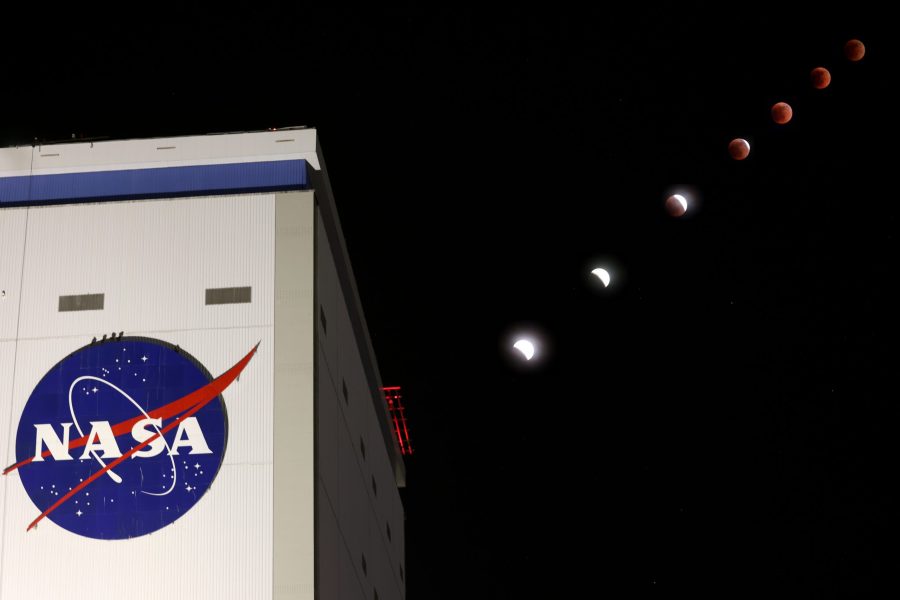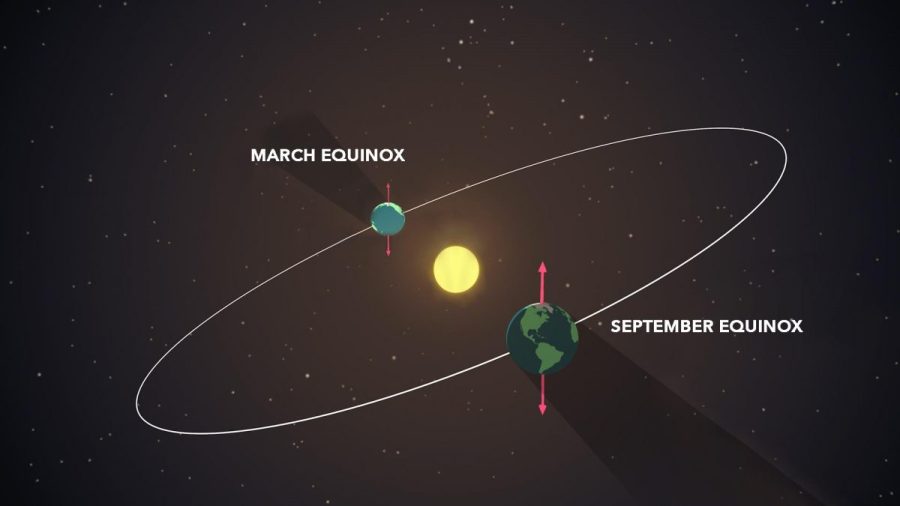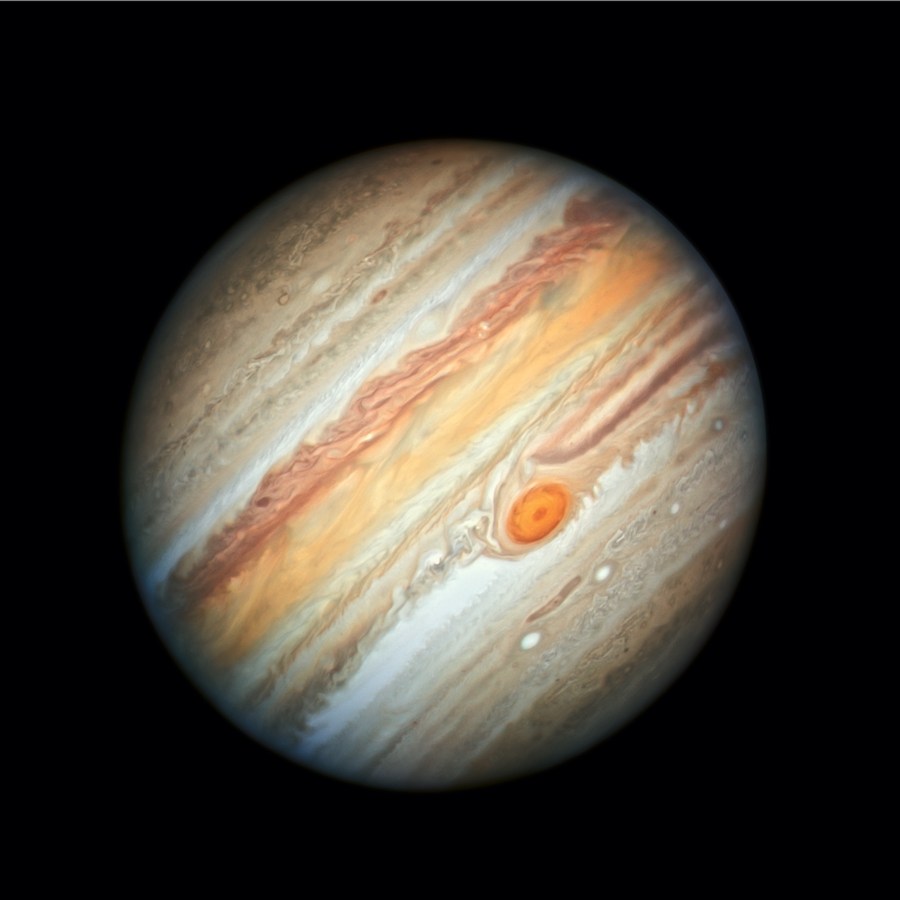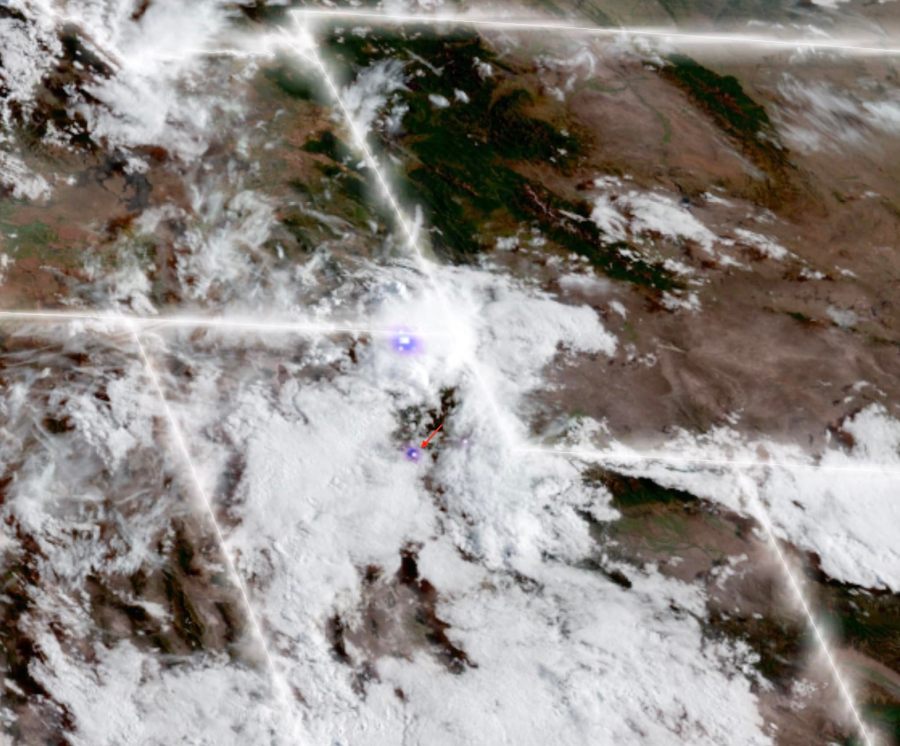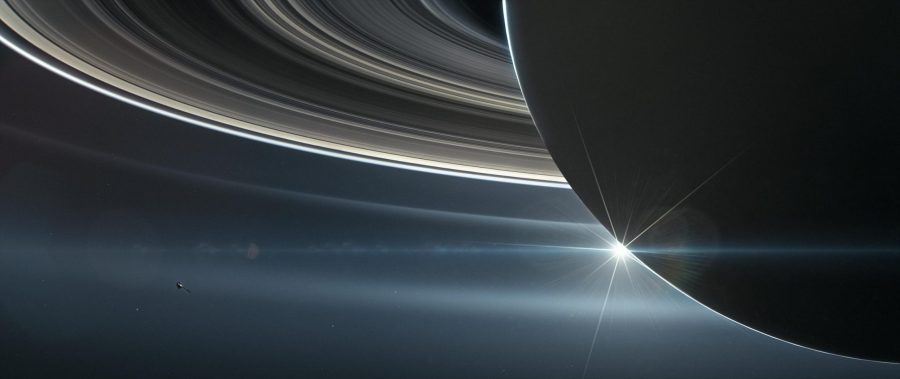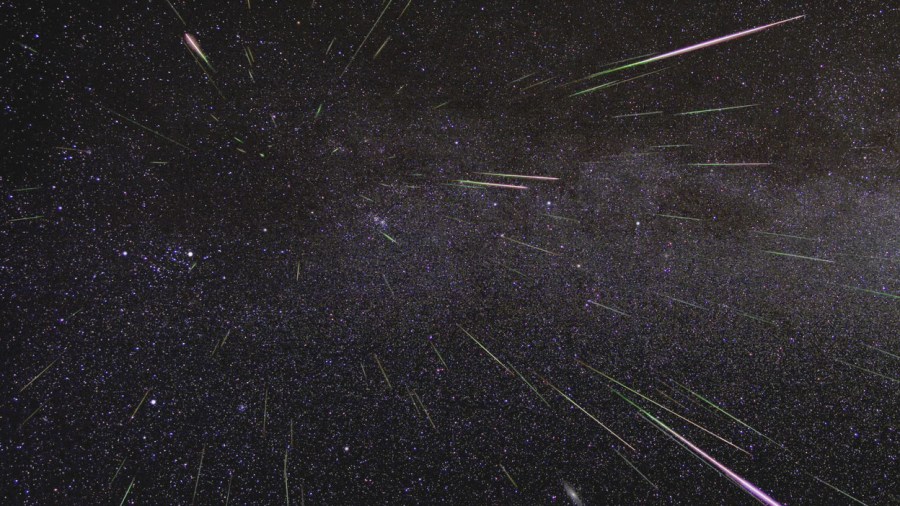May is a great month for stargazing with a host of celestial events happening in the morning and evening skies. On May 17, a slim crescent moon will rise about an hour before the Sun. From much of the United States and Canada, you’ll be able to see Jupiter appearing very close to the Moon. …
May’s Sky Show: Top Planetary Events to Observe in May
